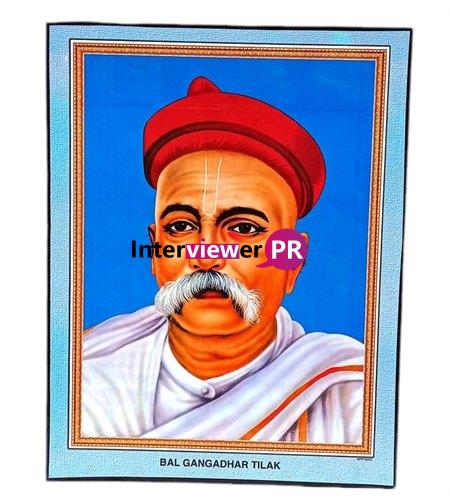Tilak’s Education and Contribution
Keshav Gangadhar Tilak, popularly known as Bal Gangadhar Tilak. Born on 23 July 1856 in Ratnagiri district, Bombay, he was from a Marathi Brahmin family. Tilak was a scholar, mathematician, philosopher, and teacher. Also, he was a fervent supporter of India’s independence and a nationalist.
Tilak studied at Deccan College in Pune. In 1876, he graduated with a bachelor’s degree in mathematics and Sanskrit. Subsequently, he studied law at the University of Bombay (now Mumbai). In 1879, he completed his degree. However, then, he decided to be a teacher. He taught mathematics in a private school in Pune. The school became the foundation for his upcoming political career.
Tilak was the first leader of the Indian independence movement. The British authorities named him The father of the Indian unrest. The title of Lokmanya was given to him. It literally means “accepted by the people (as their leader)”. Non-violence advocate Mohandas Gandhi called him “The Maker of Modern India“. Tilak found the first home rule league at Belgaum in April 1916. The movement was called Indian Home Rule Movement. The movement observed the leadership of Tilak and British Activist Annie Besant.
He was one-third of the Lal Bal Pal trio. Apart from Tilak, Lala Lajpat Rai and Bipin Chandra Pal were part of the trio. They were the three nationalists who were against the anti-partition of Bengal. Consequently, they mobilized Indians across the country against the Bengal partition. It slowly spread across the entire nation. People supported them and the protest against British Raj grew.
- Advertisement -
His Increasing Eminence
The Indian population noticed and observed Tilak’s activities. People loved and appreciated him. However, they also brought him into conflict with the British government. The government prosecuted him for sedition and sent him to jail in 1897. He was only released after 1.5 years.
The political action initiated by Tilak like boycotting of goods and the swadeshi movement gained popularity among Indians. Also, they were later adopted by Mahatma Gandhi in his program of nonviolent noncooperation with the British. It was termed satyagraha.
Famous Slogan
- Swaraj is my birthright, and I shall have it
- Religion and practical life are not different. To take sanyas (renunciation) is not to abandon life. The real spirit is to make the country, your family, work together instead of working only for your own. The step beyond is to serve humanity and the next step is to serve God,
- After all, our Killers are our …Brothers!!??


